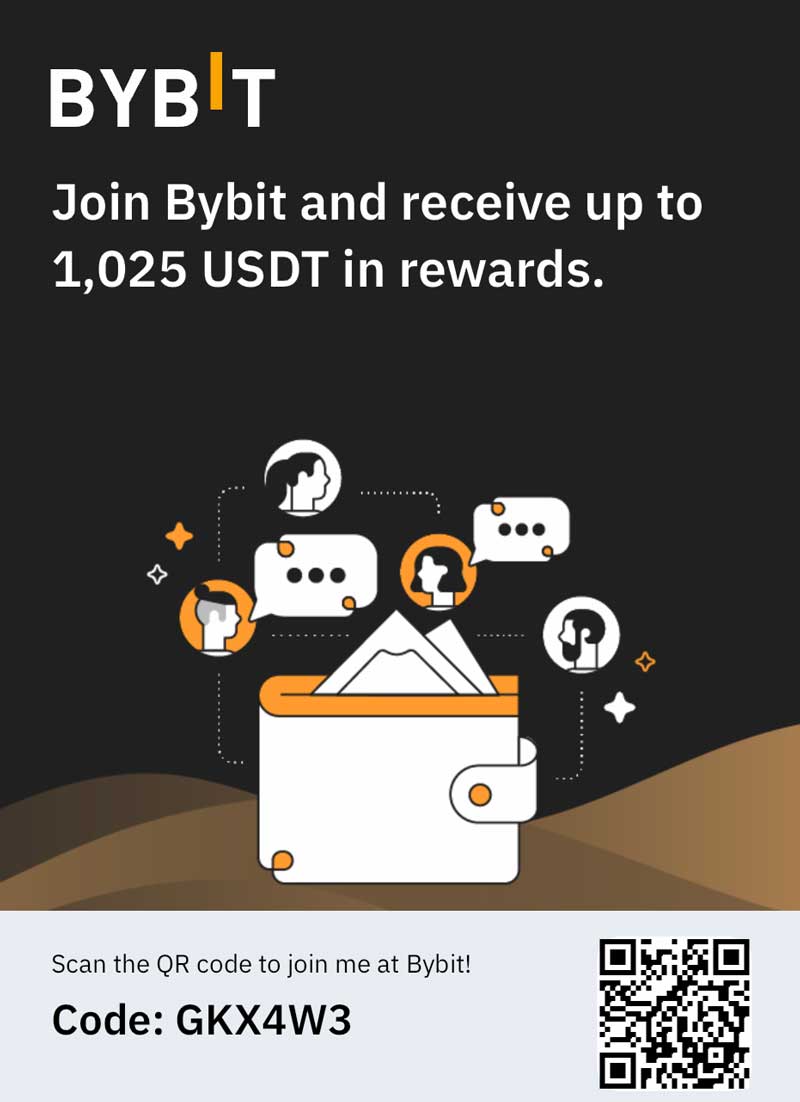Google celebrated their 14th birthday last month, and it’s been a very prolific 14 years. From search engine to augmented reality and driverless cars, Google is everywhere, so let’s celebrate with an overview of 14 of their most important projects and inventions.
- Of course, everything started with the Google search engine, born out of the desire of two computer science students to organise the huge amount of data on the internet. We’re all familiar with the result!
- One of the reasons for Google’s success, of course, was its very relevant search results, but the Google emporium would not have been possible without the income from AdSense and AdWord. These are the services that provide advertisements with personal information to make them user-relevant, making them most definitely not most popular Google products for internet users.
- Much more popular are Google Earth and Google Maps, boasting the revolutionary Street View option. Travelling became so much easier and exciting when you could suddenly walk the streets of Prague, Sydney, and Tokyo without leaving your house.
- And possibly Google’s most successful product apart from the search engine is email provider Gmail. Gmail was the first to offer more than 1GB of inbox space and also to thread messages with the same subject in forum-style conversations.
- After having already put the Google Toolbar in browser address bars so users could use the search engine without having to visit Google.com, Google merged the toolbar and address bar in its own browser Chrome. Free, simple, and fast –this browser quickly became a major competitor to Microsoft Internet Explorer and Mozilla Firefox.
- After developing applications which ran other party’s operating systems, Google moved on to developing their own, all based on Linux technology. Chrome OS is the official one, and focuses on cloud computing as the future of all computer technology: you’re basically working from a web browser for all your applications. Chromium OS is its open-source variety and Android, of course, is famous as Apple’s main competitor in the mobile OS field, as it’s the standard on many smartphones.
- Google also uses their technology skills for charitable purposes with the non-profit Google.org, which provides applications like Crisis Response. Crisis Response uses data collected through Google’s many apps to provide information and aid in natural disasters.
- Google Goggles is Google’s augmented reality app, and recognizes images in pictures you take with your smartphone. So far, this is limited to bar codes and landmarks, but Goggles is in ongoing development, with a new update planned to include recognition of plants.
- Project Glass is related to the hardware side of augmented reality: a minimalistic head-mounted display for optimal immersion in a virtual world or to layer digital images on top of the real world. It’s location-aware, and you can control the displayed information by tilting your head. It won’t be commercially available for at least another two years.
- A car may seem an unlikely product for a computer-oriented company, but the intensive use of Street View information and advanced artificial intelligence actually make the Driverless Car a perfect experiment for Google. They’re currently test-driving in Nevada – the state had to change the law to allow driverless vehicles on public roads.
- Nexus is another of Google’s ventures into the world of hardware. Starting with a smartphone in 2010, they have recently moved on to tablets like the Nexus 7. A preview of the “media streaming entertainment device” Nexus Q was cause for excitement for a while, until feedback from critics and users forced Google to take a second look at its features with a possible reintroduction some time in the future.
- Back to digital applications. With Google+, Google created their own social network, competing with Facebook for users by introducing circles, and clearer sharing and privacy options. It has many cool features and a clean design, but it just doesn’t have the 1 billion users that make Facebook such a success. But then, everyone knows what happened to former favourite MySpace, so anything could happen with Google’s foray into social media.
- Previously known as Google Docs, Google Drive aims to utilize the cloud for all its users. Aiming at accessibility, it has limited functionalities compared to other cloud hosting solutions from companies like IBM or VMware. Google Drive’s search functions are praised – we would have been surprised if this wasn’t one of the stronger points – but for applications that take full advantage of the possibilities of cloud computing, you’ll still have to look elsewhere.
- Google Wallet was introduced last year as a mobile payment method using near field communication. It has appeared in the news again for its microtransaction application. This enables users to pay small amounts for digital products like web articles using their saved credit card information – and, with a 30-minute refund option, it aims to make scientific articles more accessible.
This list of 14 is still only a fraction of Google’s products and services. So, what do you think we can expect from them in the next 14 years?


